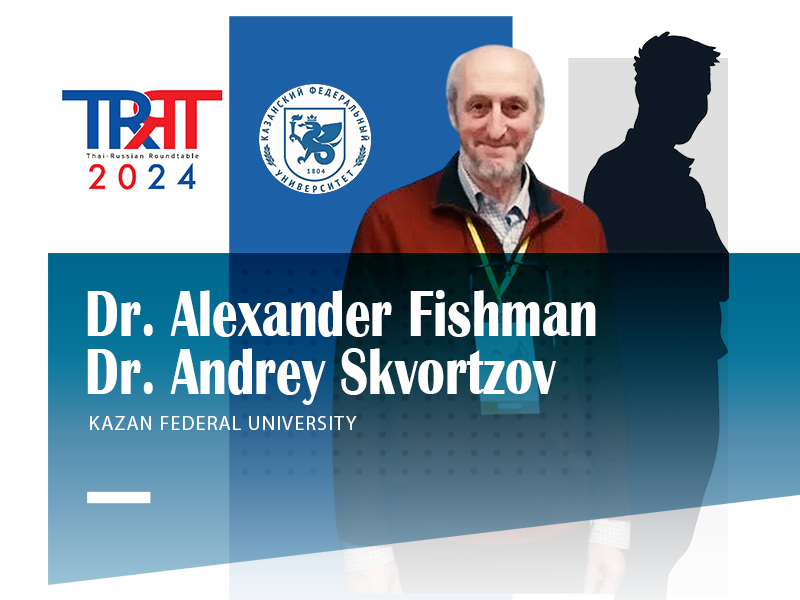Abstract TRRT 2024 Dr. Alexandr Fishman and Dr. Andrey Skvortzov
Effective methods of teaching physics by means of multimedia textbooks.
Implemented feasibilities
Alexandr Fishman and Andrey Skvortzov, Kazan Federal
University in collaboration with Assistant Professor Dr. Janchai Yingprayoon,
Consultant for Teaching Research in Science and Technology,
Faculty of Science and Industrial Technology, Prince of Songkla University, Surat Thani Campus
Institute of Physics, Kazan Federal University, Kremlevskaya str. 18, Kazan, 420008, Russia
[email protected], [email protected], [email protected]
Abstract
The future development of the country and its technological sovereignty largely depend on the level of natural science literacy of schoolchildren. The study of physics at school plays a key role in the formation of thinking, the development of analytical skills of students and preparation for solving real problems. But, unfortunately, we are faced with the problem of reducing students' interest in studying physics. Teachers are forced focus on the question how to increase the interest of students in the study of physics? Modern information technologies provide unique opportunities to activate the educational and cognitive activity of students, encouraging them to active thinking and practical activity in the process of mastering the educational material. IT technologies allow creating textbooks that are attractive to Z generation schoolchildren. The report will present a set of multimedia interactive textbooks on physics for secondary school. The main methodological principle of constructing the textbook is "from experiment to theory". The presentation of new material is divided into small lecture fragments. They are richly illustrated with a demonstration experiments, animated models, pictures and fotos. The dialogue form of presentation, the use of a system of contextual questions motivate students to active work. The use of videoproblems arouses students' interest in the subject and promotes a deeper understanding of the studying material. Particular attention is paid to an effective method of teaching problem solving - investigation of "key situations". Each paragraph contains about 20 tasks of three levels of complexity. The data in the task condition vary each time the task is accessed.
The report is accompanied by a demonstration of fragments of the textbook.
Keywords: multimedia textbook, physics textbook, physic's education




